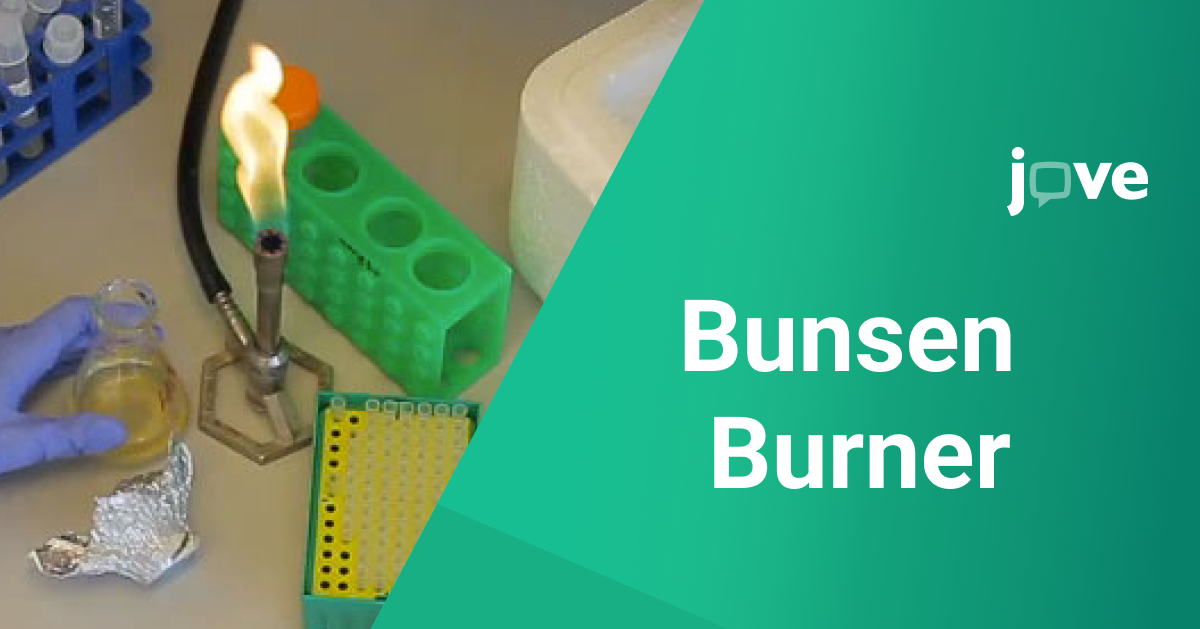The Bunsen burner is a staple in laboratories worldwide, essential for conducting experiments that require controlled heating. Named after the German chemist Robert Bunsen, who developed it in 1855, this device revolutionized laboratory practices by providing a safer and more controllable flame than its predecessors. In this blog post, we will delve into the workings of the Bunsen burner, its components, types of flames, safety precautions, and applications in various scientific fields.
What are the Components of a Bunsen Burner?
A Bunsen burner consists of several key parts:
- Base: Provides stability to the burner.
- Gas Inlet: Connects the burner to a gas source, typically methane or natural gas.
- Barrel: A vertical tube through which the gas rises and mixes with air.
- Air Ports: Adjustable openings at the base of the barrel that allow air to enter and mix with the gas.
- Collar: Rotates to open or close the air ports, controlling the air-gas mixture.
- Jet: The nozzle through which the gas exits into the barrel.
- Flame: The result of igniting the gas-air mixture at the top of the barrel.
How a Bunsen Burner Works?
The operation of a Bunsen burner is straightforward. Gas flows from the source through the gas inlet into the barrel. By adjusting the collar, the user can regulate the amount of air entering through the air ports, mixing with the gas. This air-gas mixture rises through the barrel and, upon ignition, produces a flame at the top. The nature of this flame can be controlled by adjusting the air intake.
Types of Flames
The Bunsen burner is a versatile laboratory tool capable of producing different types of flames based on the air-gas mixture. When the air intake is minimal, it produces a yellow safety flame, which is luminous, cooler, and indicates the burner is on, though it's not ideal for heating due to soot production. With sufficient air intake, it creates a non-luminous blue flame, which is hotter and ideal for most laboratory heating purposes due to its cleanliness and efficiency. For intense heating applications, the burner can produce a roaring blue flame with maximum air intake, characterized by its blue color with an inner cone and a hissing sound.
Safety Precautions
Using a Bunsen burner requires adherence to safety protocols to prevent accidents:
- Wear Protective Gear: Always wear safety goggles and a lab coat.
- Check for Gas Leaks: Before lighting the burner, ensure there are no gas leaks.
- Ignite Safely: Use a spark lighter or a match to ignite the burner; never use a lighter.
- Adjust Air Intake: Adjust the collar to achieve the desired flame type.
- Never Leave Unattended: Never leave a lit Bunsen burner unattended.
- Turn Off Gas: Always turn off the gas supply after use.
Applications in Science
The Bunsen burner is an indispensable tool in various scientific disciplines:
- Chemistry: Used for heating chemicals, sterilizing equipment, and conducting flame tests.
- Biology: Utilized in sterilizing inoculating loops and preparing slides.
- Physics: Helps in experiments requiring precise heating, such as studying thermal conductivity.
- Medical Laboratories: Used for sterilizing tools and heating samples.
Conclusion
The Bunsen burner is a versatile and essential tool in scientific research, providing a reliable source of heat for various experimental needs. Understanding its components, operation, and safety measures is crucial for anyone working in a laboratory setting. Its enduring presence in labs around the world is a testament to its importance and utility in advancing scientific knowledge.
